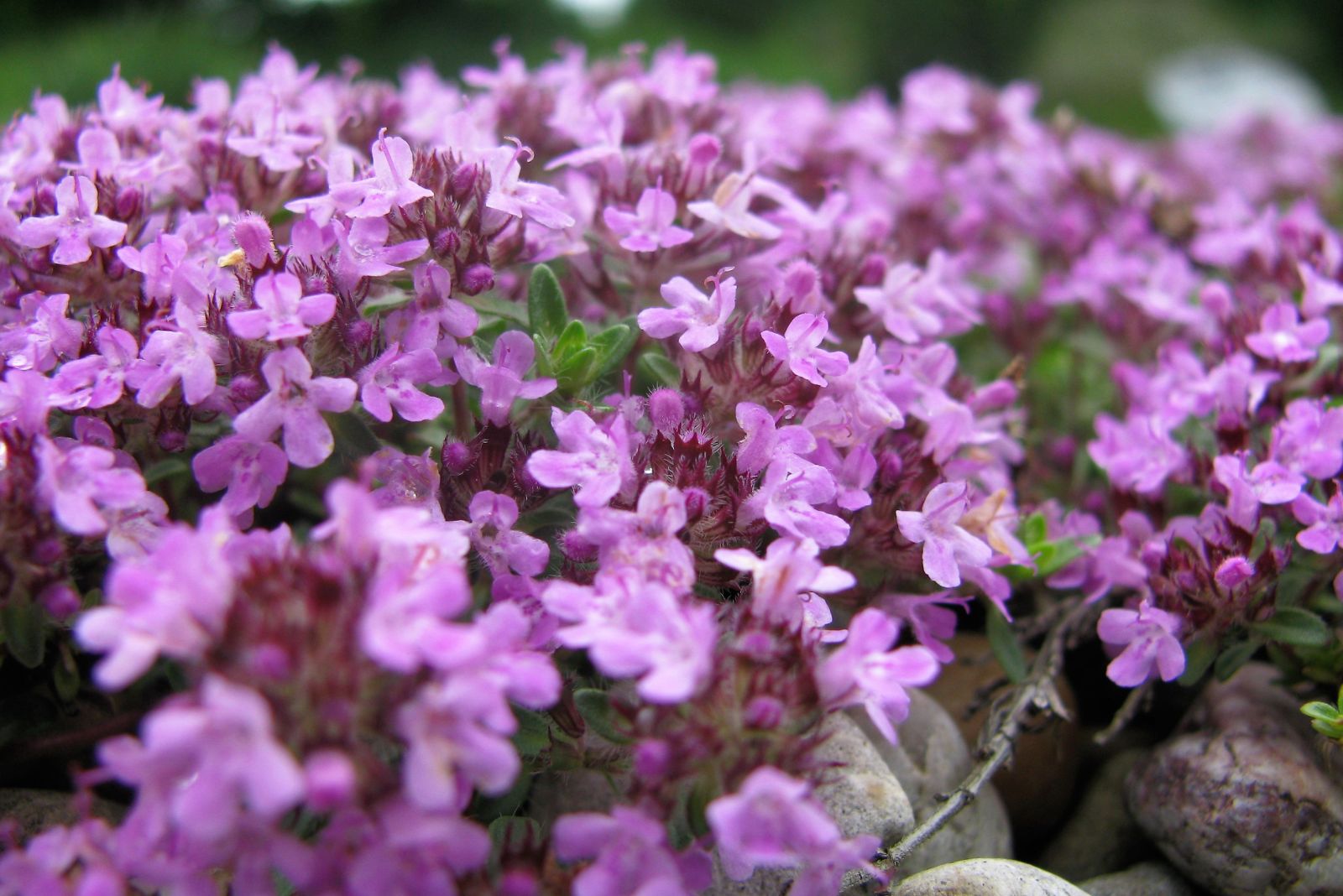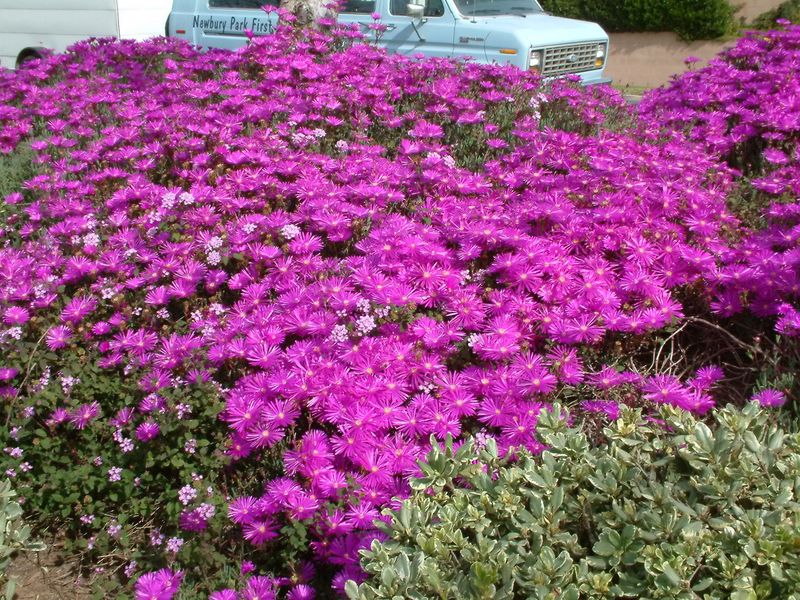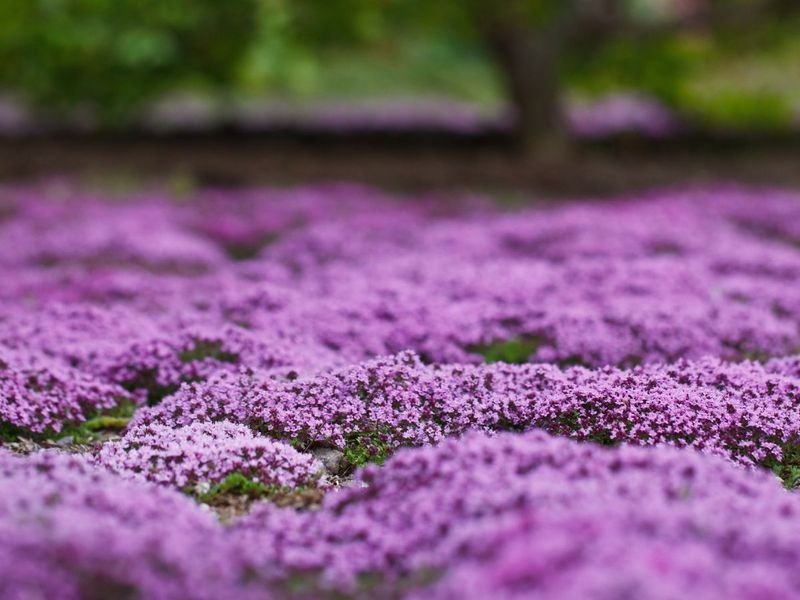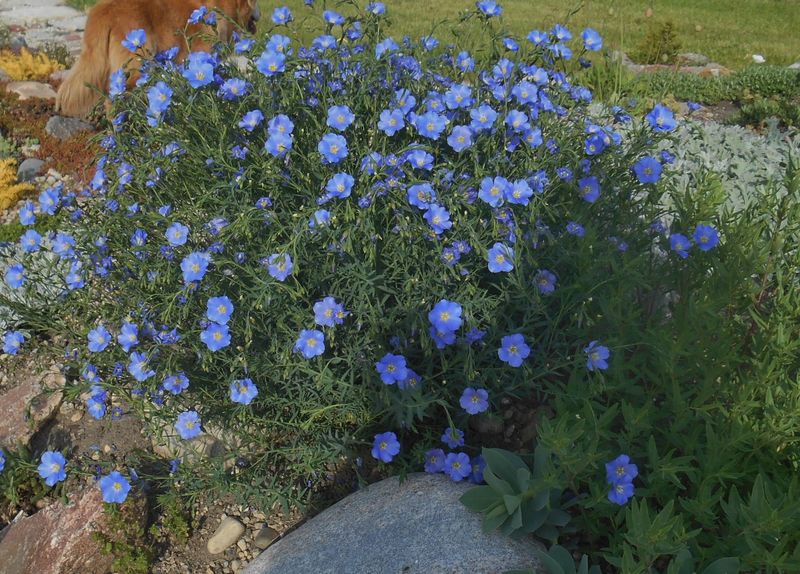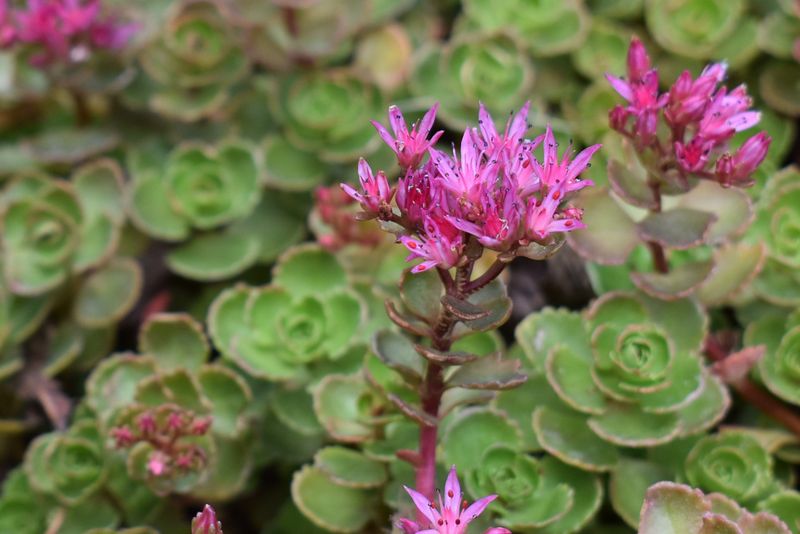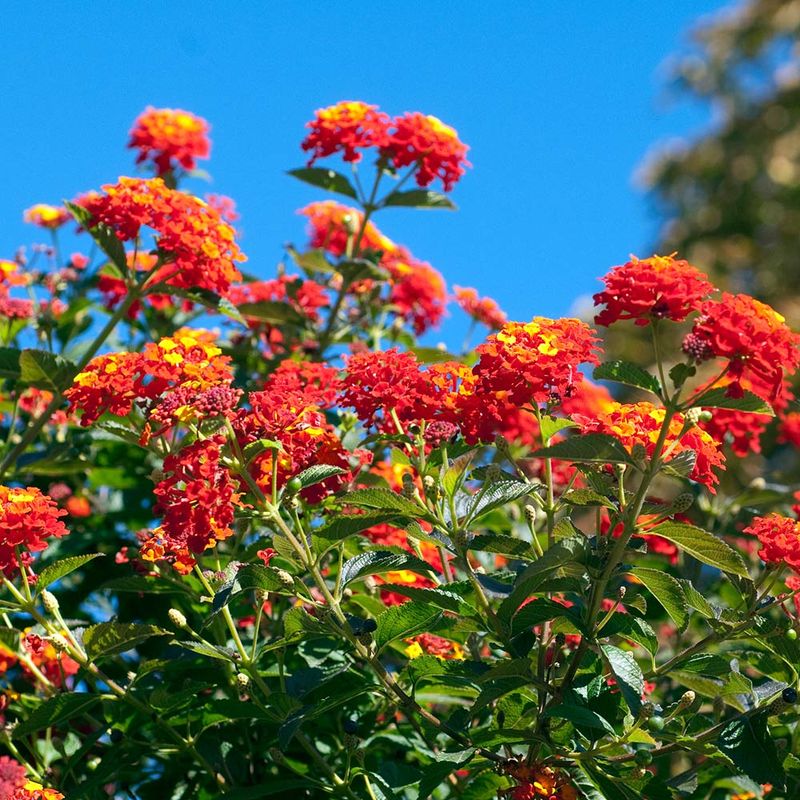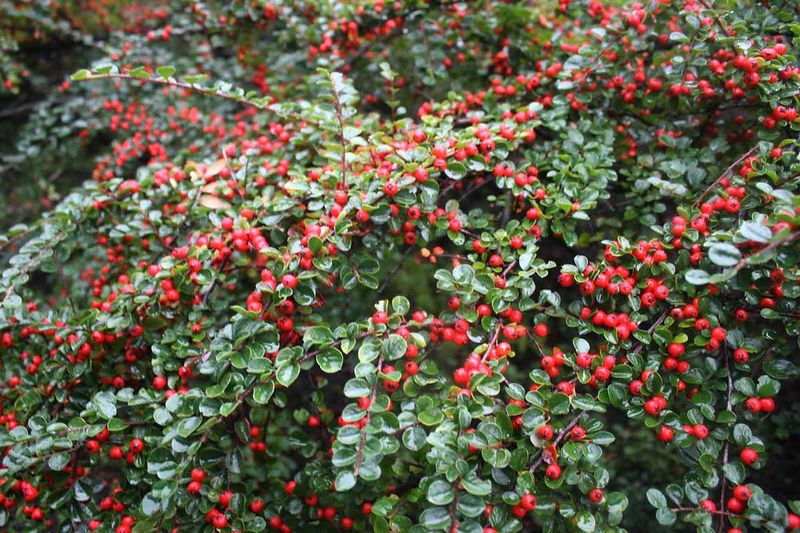Some patches of Nevada soil seem determined to stay bare no matter what gets planted. Dry heat, tough ground, and constant sun can leave a garden looking more like a blank canvas than a lively space. Yet some ground covers step up to the challenge with surprising speed, spreading across open areas as if they have something to prove.
Their steady growth brings color, texture, and life to spots that once felt stubborn and empty. With the right plants in place, even the harshest corners of a Nevada yard can turn into a full, thriving stretch of green.
1. Ice Plant
Bright, jewel-toned flowers make ice plant a showstopper in any Nevada yard. This succulent spreads rapidly across bare soil, creating a thick carpet that chokes out weeds.
The fleshy leaves store water, allowing this plant to survive scorching summers with little irrigation. Blooms appear in spring and summer, attracting bees and butterflies to your garden.
Ice plant tolerates poor soil and requires almost no maintenance once established in your landscape.
2. Silver Carpet
Soft, fuzzy leaves give this ground cover its distinctive silvery appearance that brightens shady spots. Silver carpet spreads through underground runners, quickly filling gaps between rocks and pavers.
Drought-tolerant once roots establish, this plant needs watering only during extreme heat waves. The low-growing foliage stays under three inches tall, creating a smooth, uniform surface.
Yellow button-like flowers emerge in late spring, adding cheerful pops of color to the silver mat.
3. Creeping Thyme
Walking across this fragrant ground cover releases a delightful herbal scent into the air. Creeping thyme forms dense mats that withstand light foot traffic, making it perfect for pathways.
Tiny purple, pink, or white flowers blanket the plants in early summer, creating a magical carpet effect. This Mediterranean native thrives in Nevada’s dry conditions and rocky alkaline soil.
Bees absolutely love the nectar-rich blooms that appear year after year with minimal care required.
4. Trailing Rosemary
Aromatic branches cascade beautifully over walls, rocks, and slopes in Nevada landscapes. Trailing rosemary grows faster than upright varieties, quickly covering large areas with evergreen foliage.
Blue flowers attract hummingbirds and provide edible herbs for your kitchen throughout the year. This tough Mediterranean plant laughs at drought and thrives in full sun exposure.
The woody stems create interesting texture while the fragrant needles repel deer and rabbits naturally.
5. Nevada Blue Flax
Native to the Great Basin, this wildflower naturally thrives in Nevada’s challenging conditions. Sky-blue blooms dance on slender stems above fine-textured foliage from spring through summer.
Each flower lasts only one day, but plants produce so many buds that color remains constant. Nevada blue flax self-seeds readily, filling empty spaces without becoming invasive or problematic.
This low-water champion needs irrigation only until roots establish, then survives on rainfall alone.
6. Red Carpet Stonecrop
Burgundy foliage creates dramatic contrast against light-colored rocks and gravel in desert gardens. Red carpet stonecrop spreads quickly through stem fragments that root wherever they touch soil.
This succulent stays evergreen through winter, providing year-round color and interest in your landscape. Star-shaped pink flowers appear in summer, though the foliage remains the main attraction.
Extremely drought-tolerant once established, this sedum thrives on neglect and poor soil conditions perfectly.
7. Lantana
Multicolored flower clusters change hues as they age, creating a rainbow effect across your garden. Lantana spreads vigorously in warm weather, quickly covering bare ground with dense, fragrant foliage.
Butterflies and hummingbirds visit constantly throughout the growing season for nectar from continuous blooms. Heat and drought actually encourage better flowering, making this plant ideal for Nevada summers.
Frost destroys it back, but roots survive mild winters and regrow rapidly each spring.
8. Bearberry Cotoneaster
Glossy green leaves turn bronze in fall, providing seasonal interest beyond just spring flowers. Bearberry cotoneaster spreads horizontally up to six feet wide while staying under one foot tall.
White spring blossoms give way to bright red berries that birds devour in autumn. This tough shrub tolerates alkaline soil, drought, and cold winters common throughout Nevada.
Roots hold soil firmly on slopes, preventing erosion while creating an attractive evergreen carpet year-round.

